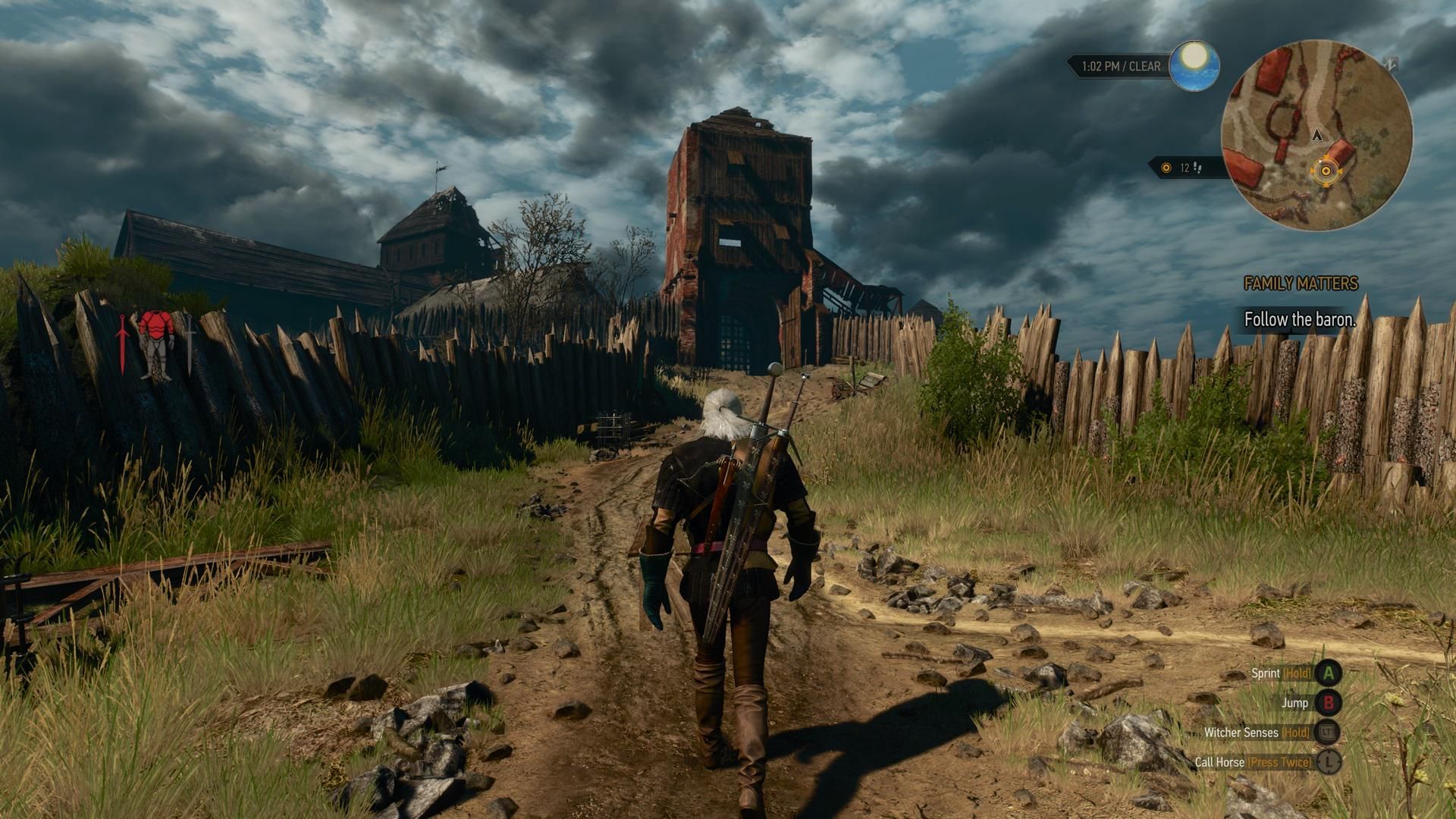The Witcher 3: Wild Hunt is just a month away, and the developers are providing more and more information on the game to prepare us for the experience. Level Designer Miles Tost and Senior Environment Artist Jonas Mattsson talked with GamerTag Radio about a few interesting aspects of the game.
Bosses are most of the times quest-based. You won't really stumble upon them in the wilds. Though there are monsters that can appear as bosses for the first time, but then you'll find them in the world as regular enemies as well.
That said, the actual bosses are more unique, so for instance the griffin boss is stronger because it's older, but the developers did not want to give the impression that there's just one of that species in the world.
Monsters are placed in the world in a way that makes sense, and even if encountering one could be a surprise for the player at first sight, on second thought they should realize that there's a reason for that monster to be there.
In swampy areas there might be more Drowners, and the developers wanted to encourage players to learn to recognize what lives where in the game's world.
Additionally, the developers mentioned that on the harder difficulties the game can feel very punishing at first, but as you learn it you get to the point that when you die you don't feel that it's the game's fault, but it was your mistake.
The development team noticed that in previous games players did not really use potions because they felt they shouldn't waste them, since they had a limited supply. That's why in The Witcher 3 it's much easier to replenish. Crafting potions is more like unlocking them, but once they are depleted you can use just alcohol and meditation to replenish your entire stack for relatively cheap.
If you don't feel like crafting and using alchemy at all, you can resort to the lower difficulty levels, that are more story-focused and don't require you to pay attention to the deeper RPG mechanics.
On the other hand hardcore gamers that want to deal with all the RPG nuances, can move to the higher difficulty levels, in which it's "increasingly more mandatory" to craft and take care of every aspect of your character.
Speaking about the free DLC, the developers mentioned that they did not want to put the 16 pieces of DLC together and make people pay for it, because they're 16 "minor" things (even if they include full fledged quests as well) that it wouldn't make sense to make players pay for.
They wanted to provide some goodies to reward players for believing in them and in their product, it's "a way of saying thank you."
Developing on different platforms did not affect level design in a major way. With the arrival of the new consoles the team wanted to make sure that they weren't held back by them when creating the open world and makings siure it was the same on all platforms. There has been no compromise made on that. It was really important for the development team to have an experience with no loading screens on all platforms.
Thanks to the new consoles and the advances of PC hardware, the team was able to keep a"super-high draw distance," which is really important from a level design point of view, because you can see all the interesting spots from far away. Not only that gives players things to do and places to go to at all times, but it also helps them orient themselves within the world.
The environment team made sure that in most parts of the open world there is at least one major landmark visible that allows you to visually understand where you are and where you're going.
Incidentally today CD Projekt Red released a new screenshot on Twitter, and you can see it at the top of the post.

